

Reliable, Effective, and Accessible Disease Control for Small Ruminants.
The solution is a homologous live attenuated vaccine that effectively guards small ruminants against Peste des Petits Ruminants (PPR). The vaccine is proven to remain stable at ambient temperatures for extended periods, even withstanding spikes of 38°C for 9 days and 40°C for 7 days.
This technology is TAAT1 validated.
Open source / open access
Using Disease Eradication through Thermotolerent PPR Vaccines technology significantly reduces the incidence of PPR outbreaks among small ruminants, thereby enhancing food security and improving livelihoods for farmers.
As essential collaborators, sellers of the product are indispensable. Regarding cost considerations, the vaccine dose typically ranges from 0.3 to 0.5 USD per animal.
Vaccination is recommended for all goats and sheep, irrespective of their production scale. A well-organized vaccinator can administer treatment to up to 5,000 animals monthly, ensuring a business with a satisfactory return on investment.
Animal owners are not obligated to obtain permits but are strongly encouraged or required to ensure all their animals receive treatment.
Adults 18 and over: Positive high
Others: No impact
The poor: Positive low
Under 18: Positive low
Women: Positive medium
Climate adaptability: Highly adaptable
Farmer climate change readiness: Significant improvement
Biodiversity: Positive impact on biodiversity
Environmental health: Moderately improves environmental health
Water use: Same amount of water used
Scaling Readiness describes how complete a technology’s development is and its ability to be scaled. It produces a score that measures a technology’s readiness along two axes: the level of maturity of the idea itself, and the level to which the technology has been used so far.
Each axis goes from 0 to 9 where 9 is the “ready-to-scale” status. For each technology profile in the e-catalogs we have documented the scaling readiness status from evidence given by the technology providers. The e-catalogs only showcase technologies for which the scaling readiness score is at least 8 for maturity of the idea and 7 for the level of use.
The graph below represents visually the scaling readiness status for this technology, you can see the label of each level by hovering your mouse cursor on the number.
Read more about scaling readiness ›
Uncontrolled environment: tested
Common use by projects NOT connected to technology provider
| Maturity of the idea | Level of use | |||||||||
| 9 | ||||||||||
| 8 | ||||||||||
| 7 | ||||||||||
| 6 | ||||||||||
| 5 | ||||||||||
| 4 | ||||||||||
| 3 | ||||||||||
| 2 | ||||||||||
| 1 | ||||||||||
| 1 | 2 | 3 | 4 | 5 | 6 | 7 | 8 | 9 | ||
| Country | Testing ongoing | Tested | Adopted |
|---|---|---|---|
| Mali | –No ongoing testing | Tested | Adopted |
This technology can be used in the colored agro-ecological zones. Any zones shown in white are not suitable for this technology.





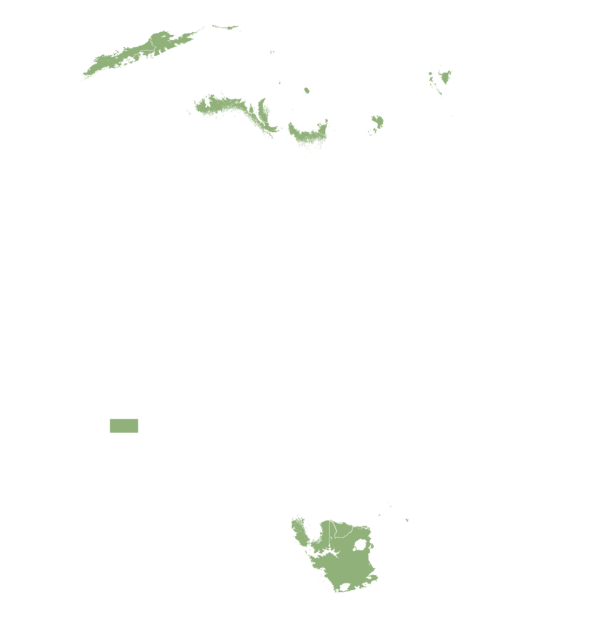








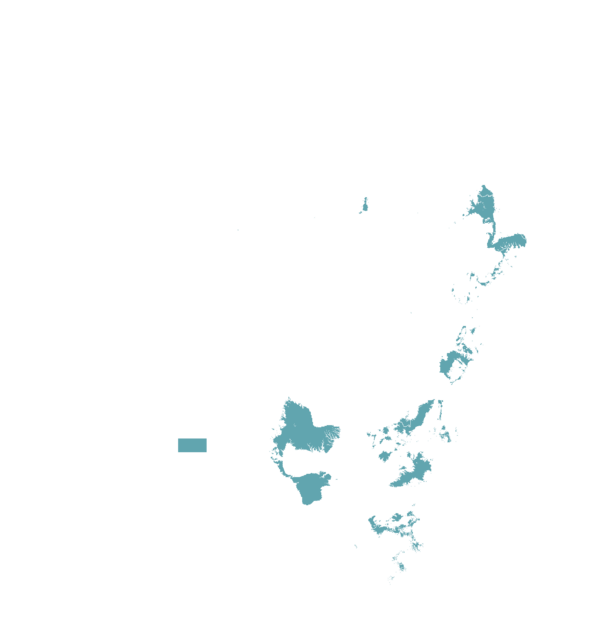


| AEZ | Subtropic - warm | Subtropic - cool | Tropic - warm | Tropic - cool |
|---|---|---|---|---|
| Arid | ||||
| Semiarid | ||||
| Subhumid | ||||
| Humid |
Source: HarvestChoice/IFPRI 2009
The United Nations Sustainable Development Goals that are applicable to this technology.
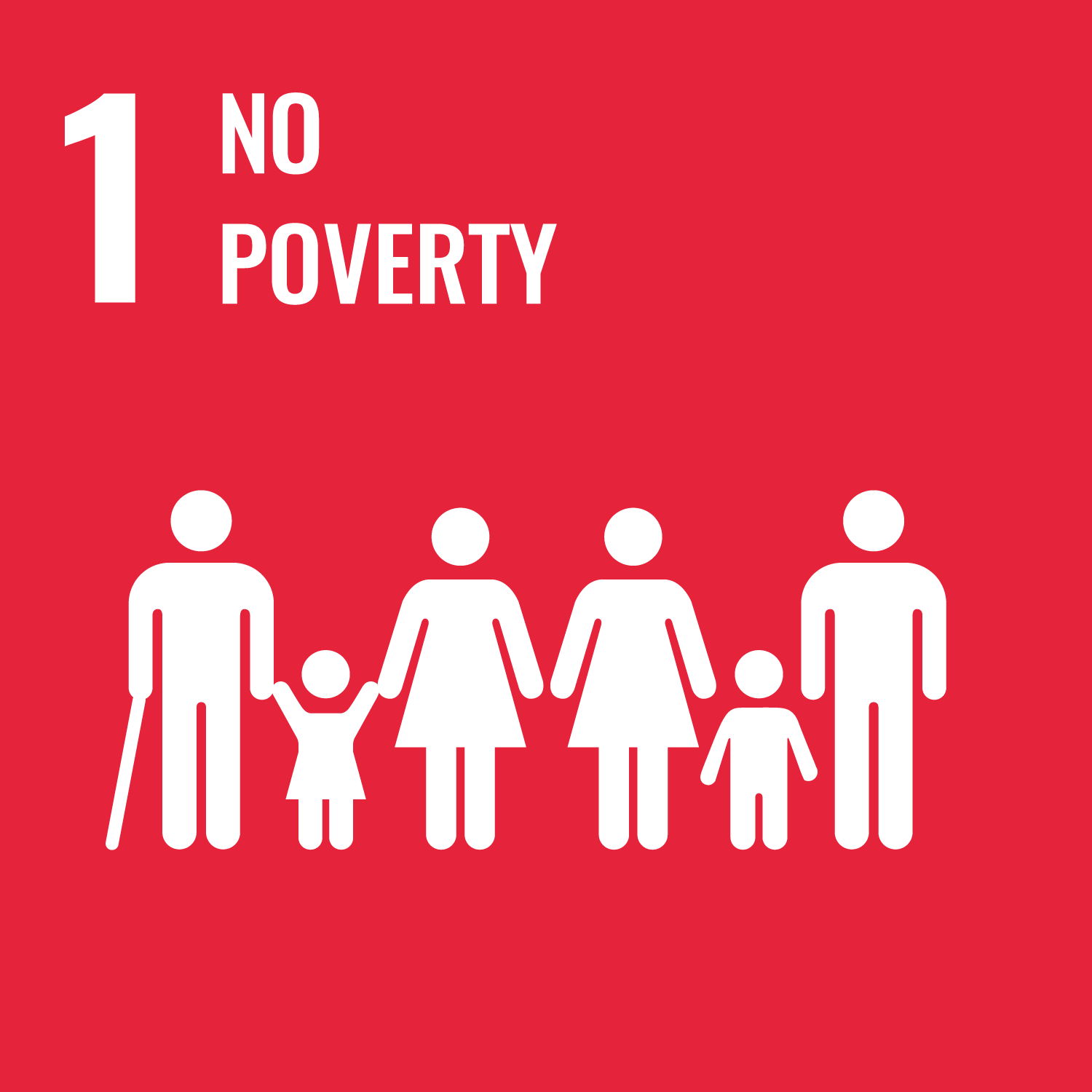



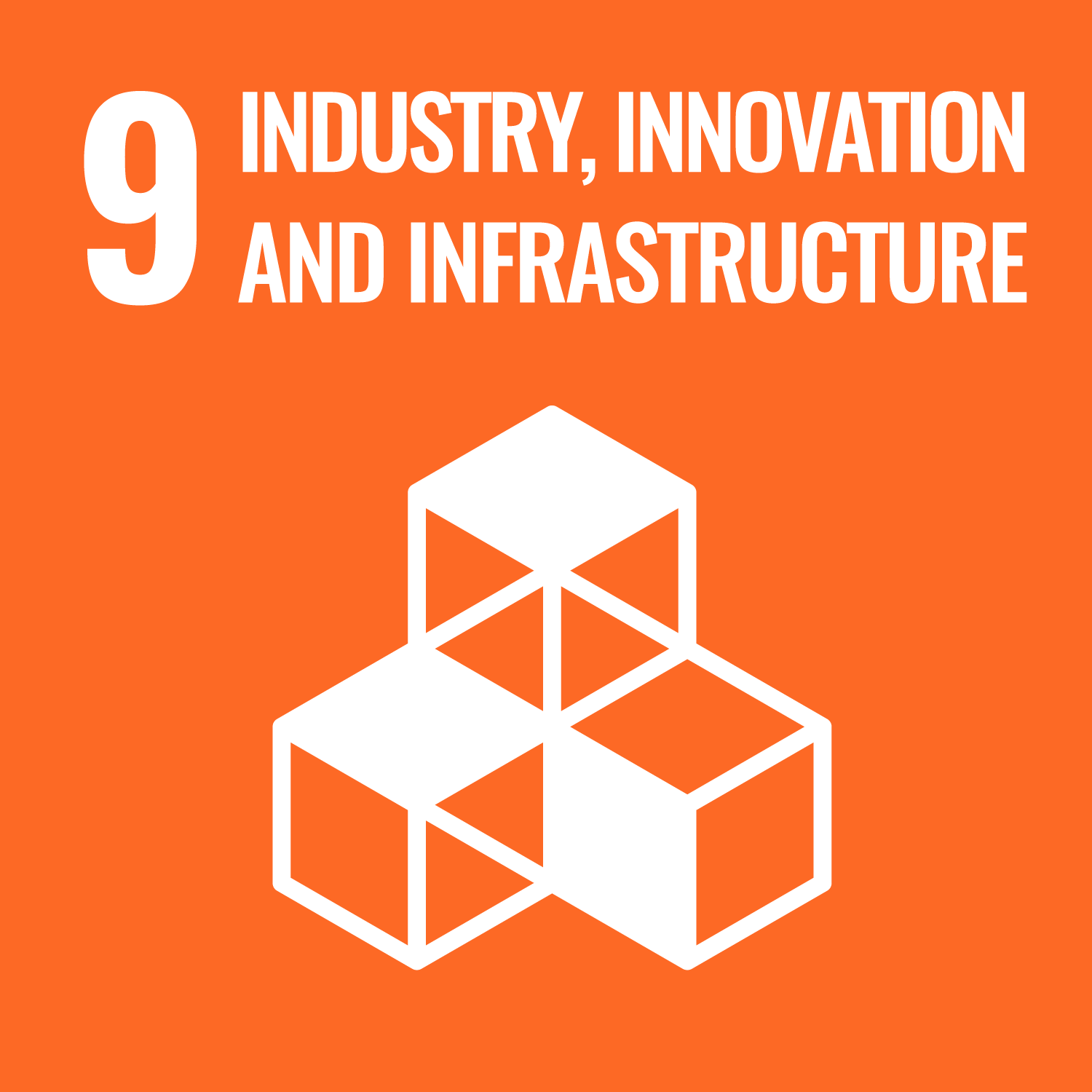
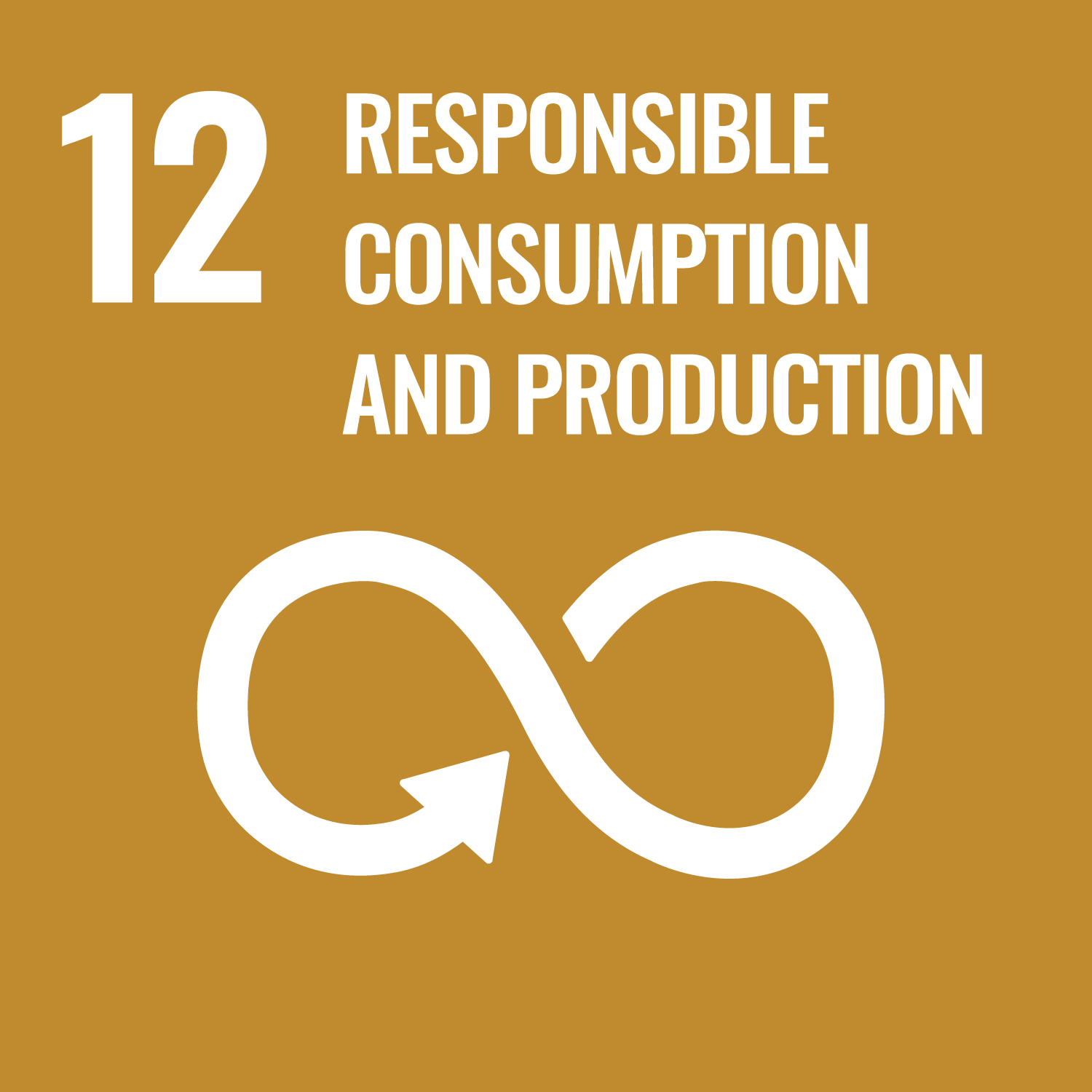
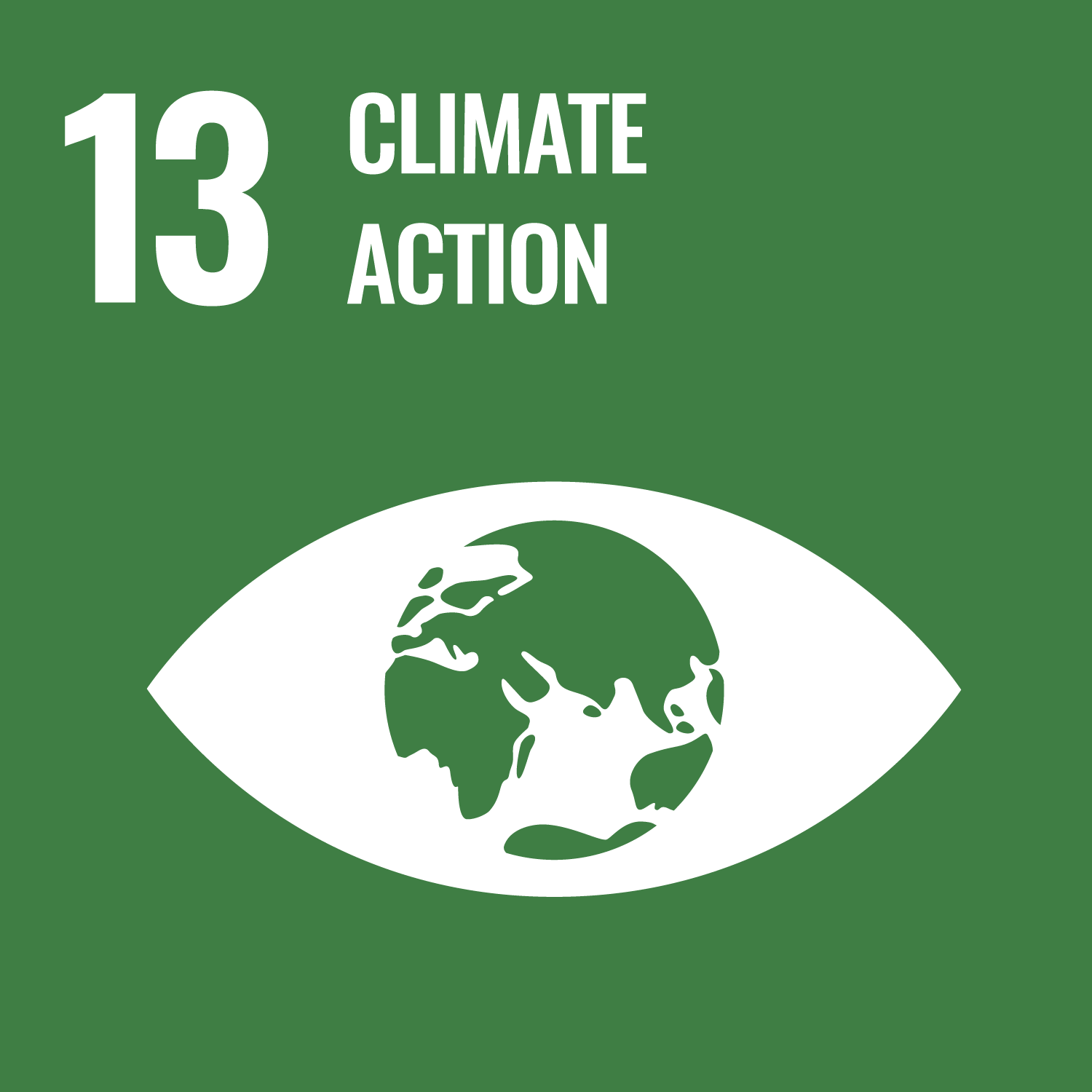
Last updated on 31 October 2025